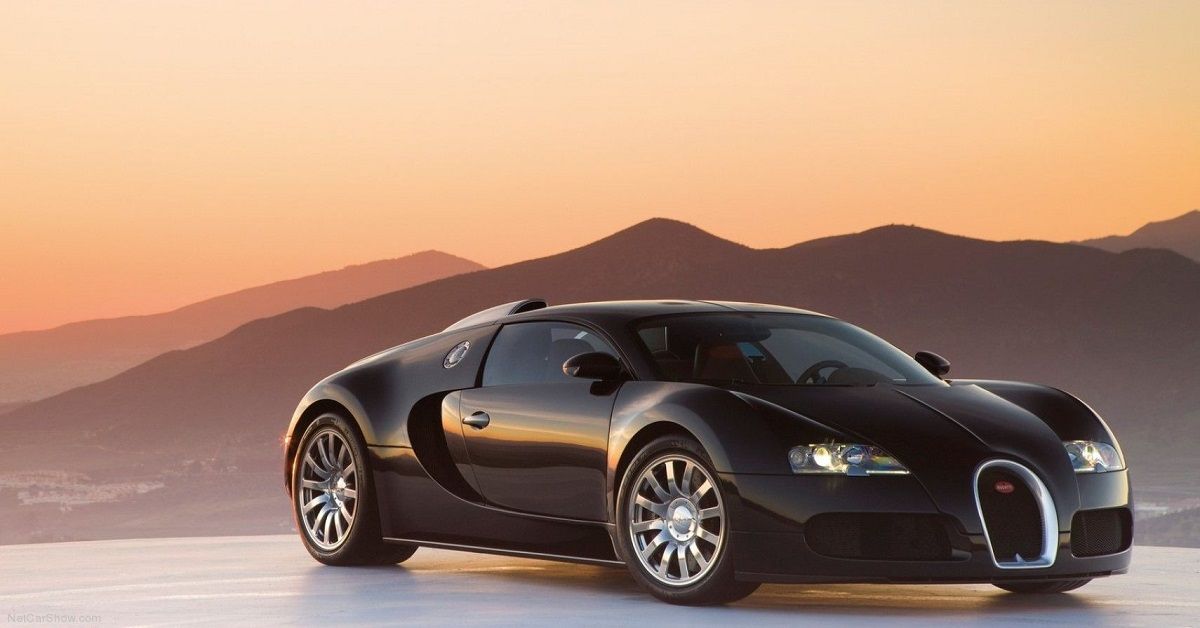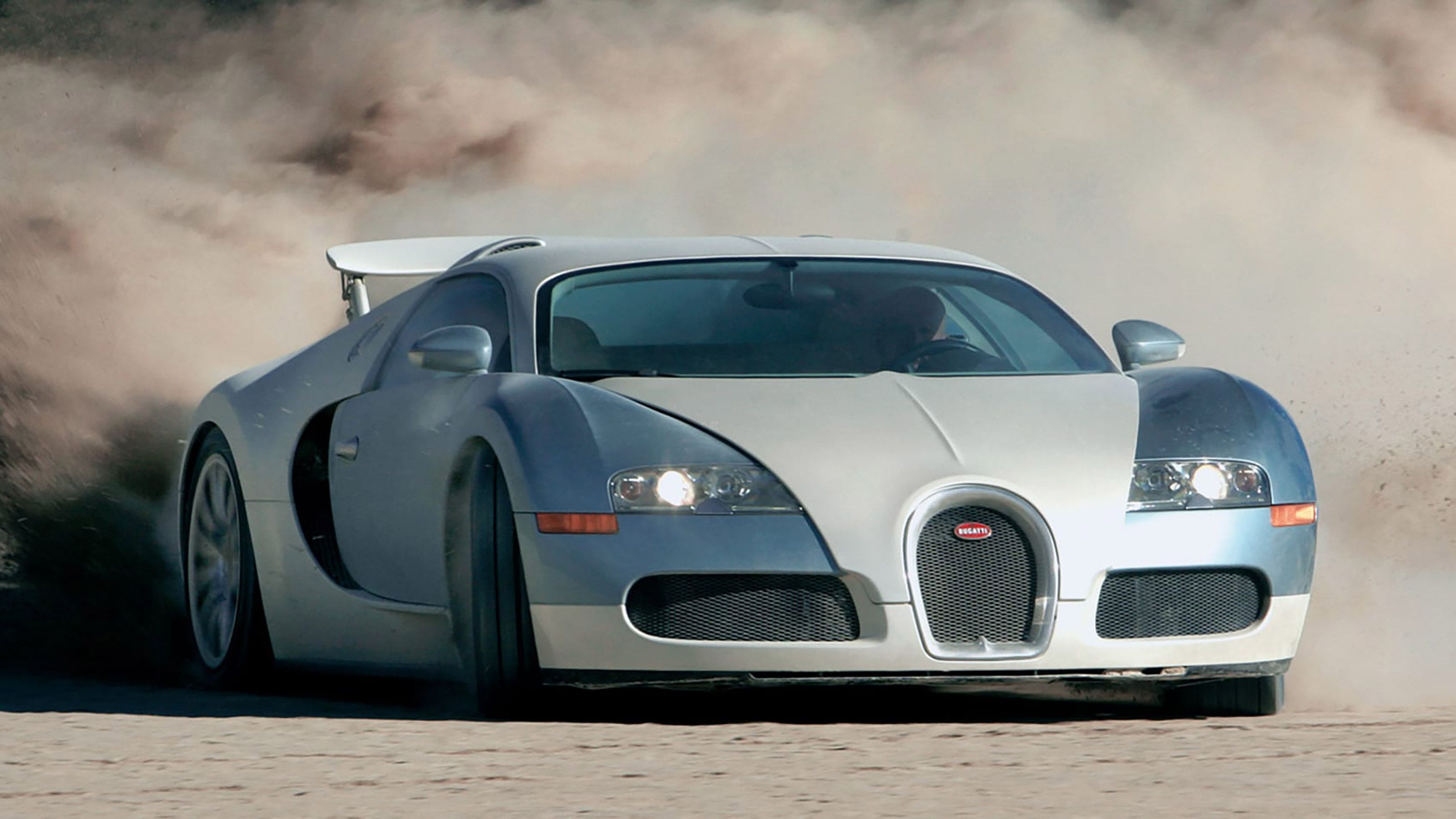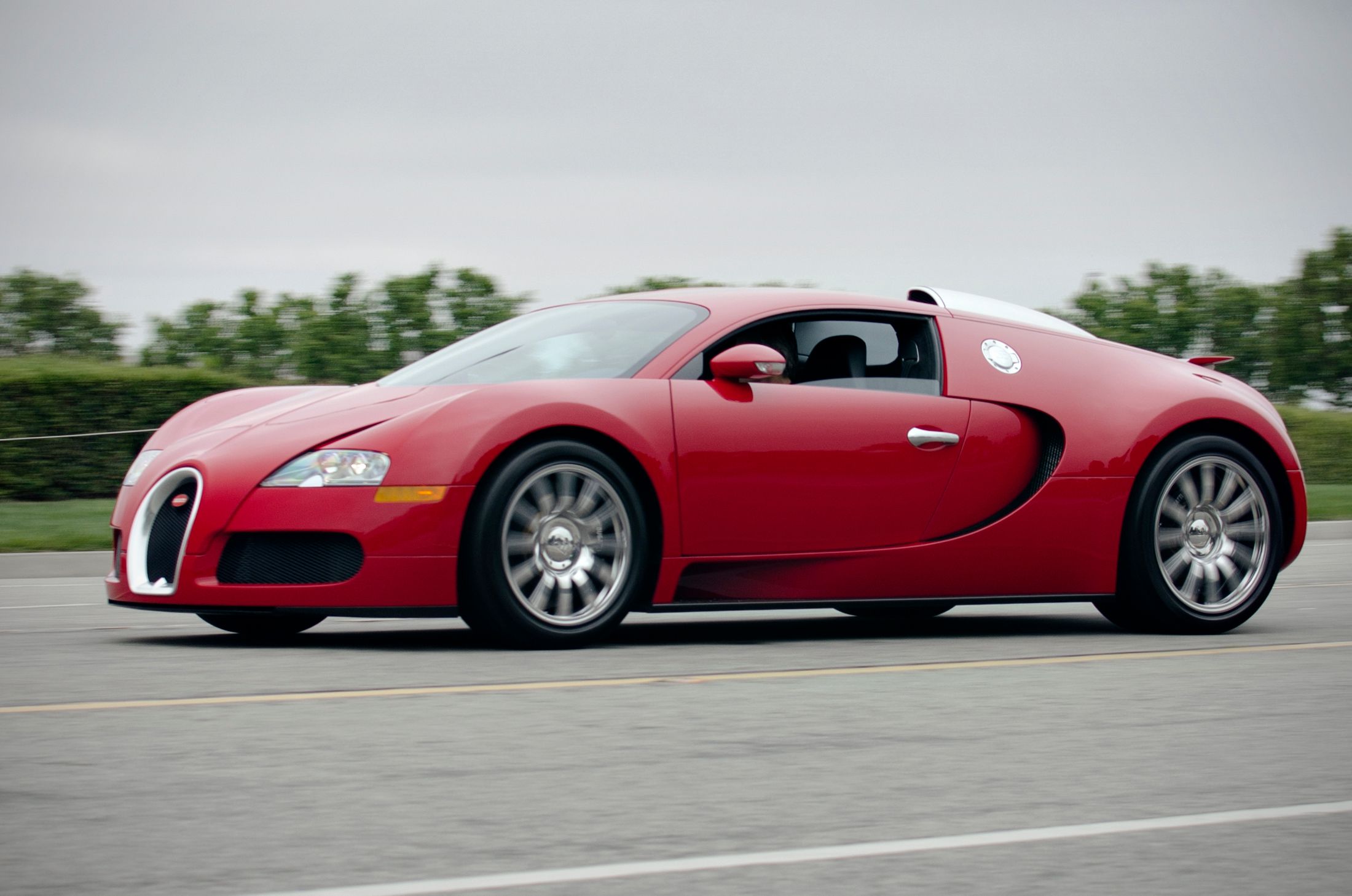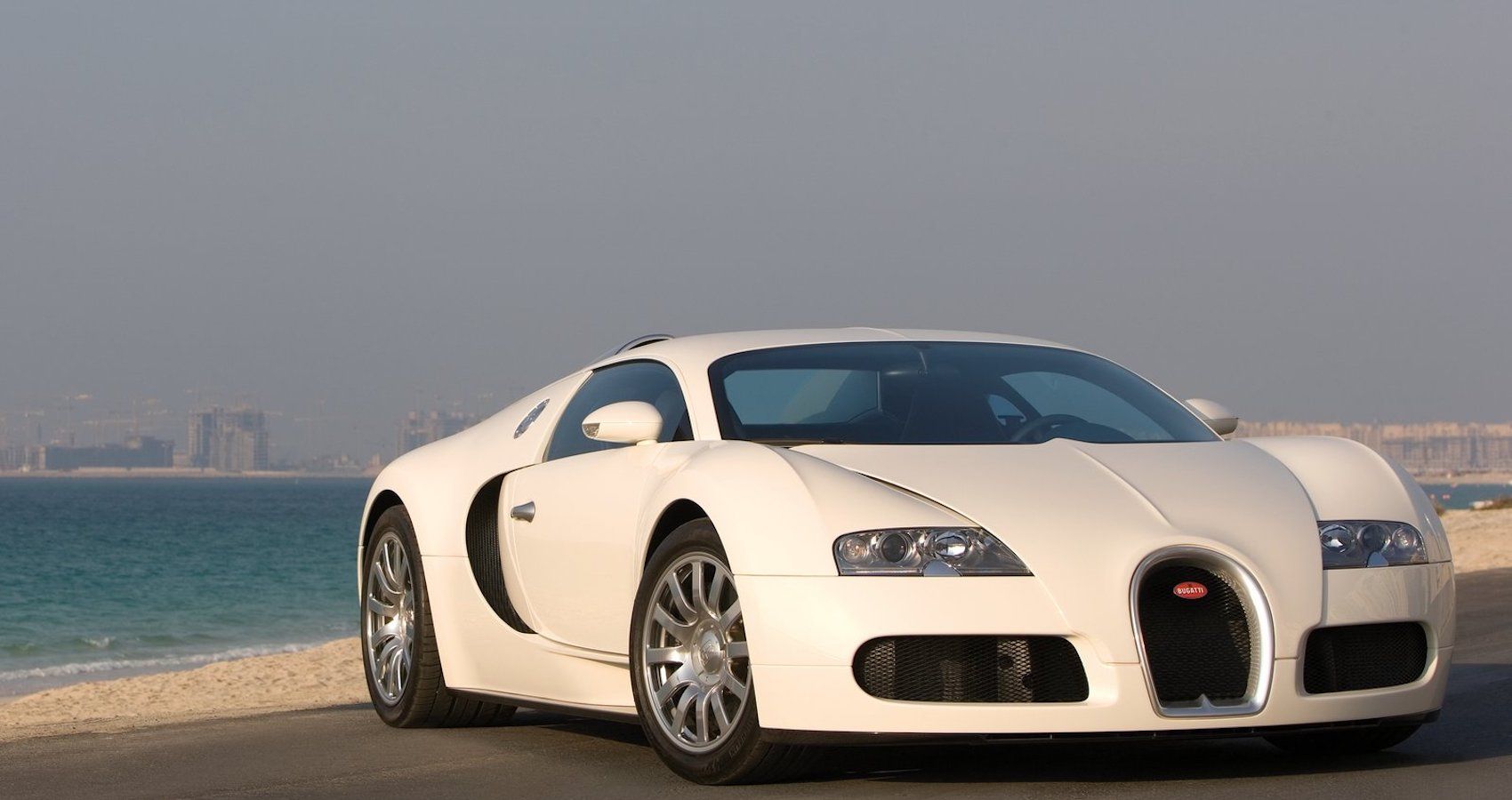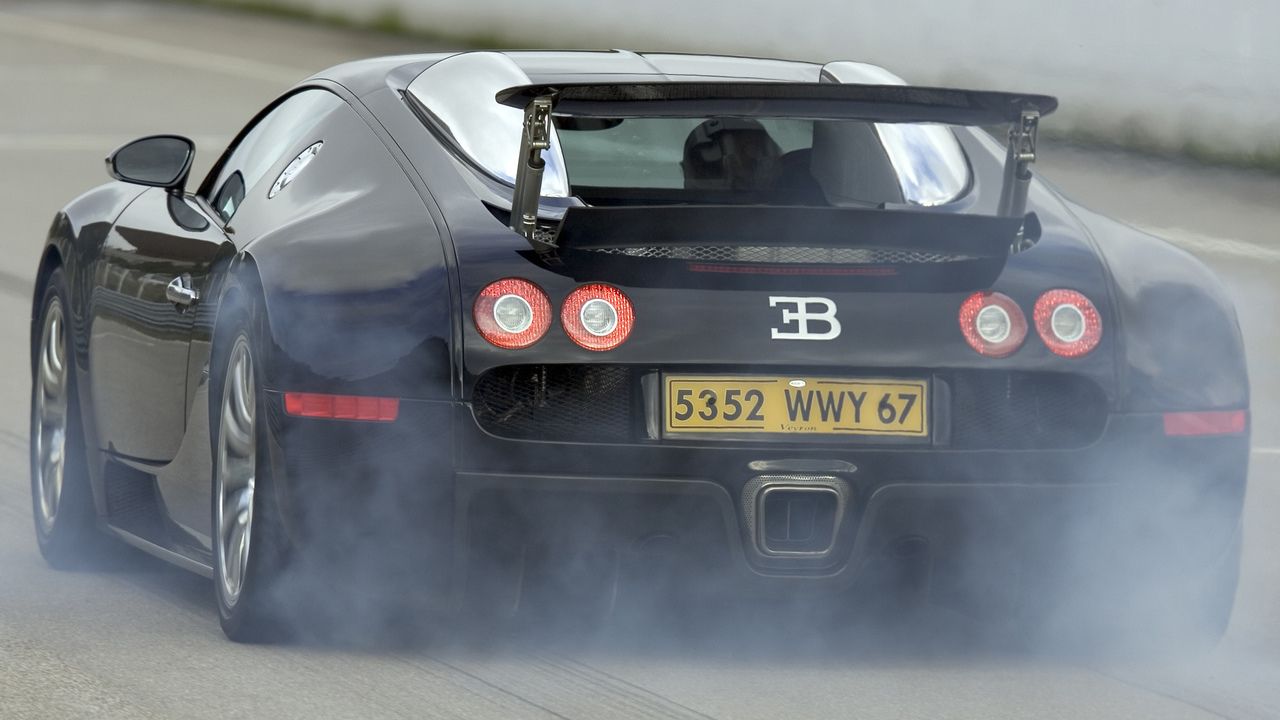Ask any gearhead what one of the most opulent cars ever produced is, and most will answer with the Bugatti Veyron.
Bugatti (which, despite the Italian sounding name, hails from France) have set the bar high when it comes to vehicles that possess exclusivity, unique styling, and record-setting feats.
Volkswagen owned Bugatti up until recently, a move that hints at the troubles that this hypercar maker has undergone over the years. The Veyron is the first car that emerged from Volkswagen ownership of Bugatti, which became an instant sensation. Bugatti currently only produces four different models, with the Veyron no longer being one of them. Production of the Bugatti Veyron spanned 10 years, from 2005 to 2015.
Everything about the Bugatti Veyron is mind-boggling, especially when this hypercar first raced onto the scene. The power, the ingenuity, and the cost of this beast are all points to consider when thinking about just what made the Bugatti Veyron a force to be reckoned with... and what makes it a car that hasn't aged very well.
The Bugatti Veyron has won a number of prestigious awards throughout the years, such as title of 2000s Car of the Decade by Top Gear. Now, almost two decades since the Veyron debuted, and nearly a decade since production ceased, the public's perception of the Veyron is a little less than warm.
The Bugatti Veyron is a hypercar that hasn't aged very well. Here's why.
How The Bugatti Veyron Came To Be
The Bugatti Veyron is an 8.0-liter beast of a sports car that has gained notoriety for its engineering and record setting speeds. Production of the Bugatti Veyron began in 2005 and saw the final year model in 2015. In that ten-year time span, only 450 Bugatti Veyrons made it off of the production line. For a hypercar that is so quick, progress from idea to production line was slow moving.
The world's first hint at the Veyron was in 1998 with the concept EB 118 at the Paris Motor Show, unveiling the 2-door coupe. The following year, in 1999, a 4-door saloon version under the name EB 218 made its debut at the Geneva Motor Show. Bugatti held a few more iterations of the Veyron concept up its sleeve in the following years.
At the time, the Bugatti Veyron was breaking ground with an 8.0-liter, W16 cylinder engine - which is also quad turbocharged. An engine like that doesn't mess around.
Some of the most impressive features came in the way of the engineering, such as the transmission. Computers control the automatic transmission, with a dual clutch direct shift and a shift time of less than 150 milliseconds. When it came to speed and power, the Bugatti Veyron achieved 987 horsepower, 922 lb-ft of torque, and a Guinness World Record top speed of 267.85 miles per hour (or 431.072 kilometers an hour for those using the metric system of measurement). This world record recognized the Bugatti Veyron 16.4 SuperSport as the fastest production vehicle in the world.
The Problem With The Bugatti Veyron's Styling
When it comes to the interior styling, there are a fair amount of models that have a cheesy 1930s vibe that doesn’t entirely match up with what this car is. Across the different years, the interior looks fairly identical - if not exactly the same.
Shapes that are carbon copies of earlier models, but with color styles swapped out makes Bugatti's attempt at interior design feel lazy. In short, the interior doesn’t feel timeless, but rather an attempt to feel classy, then locked into an idea that classy means old styling.
Common Issues That Arise With The Bugatti Veyron
With such impressive feats of engineering and a world record to its name, the Bugatti Veyron has not aged well. For starters, the large engine means the Veyron gets 10 miles per gallon. While hitting its top speed, that number falls to a ridiculous 1 mile per gallon. With gas prices being what they are, even with conservative driving, you’ll spend a lot of time at the gas station to top off. The Bugatti Veyron is hardly a realistic daily driver!
Maintenance is pricey to say the least. Imagine spending $20,000 to get an oil change on your Bugatti Veyron. But that's not all! Bugatti recommends getting all fluids changed while you’re at it, as the complex task of an oil change requires removing parts of the undercarriage. All said and done, a trip to the shop will easily run into $25,000. That total is not exactly chump change, even if you are a Veyron owner.
If repairs or replacement parts are ever needed, you’re also in for a surprise. The most expensive part on the Bugatti Veyron would be its fuel tank, with the price reportedly running about $20,000, with labor costing $22,000. The cheapest part on the Veyron would be its $9 camshaft position sensors that just happens to the same parts that Volkswagen's Mark IV Golf and Jetta share. But don't celebrate yet, because labor to replace the four sensors will set you back $7,200.
The Veyron has had its share of recalls, with a major one in 2016 for structural issues. With high maintenance costs, expensive spare parts, and the impossibility of DIY repairs, the Veyron doesn't play nice with its longevity, or your wallet.
The Bugatti Veyron Turns Heads, And Not In A Good Way
The cost and limited amount of Bugatti Veyrons produced changed the public perception of the vehicle from a marvel that could achieve record-breaking speeds, to a status symbol for the wealthy elite. The base price of this hypercar when it was first introduced was $1.25 million, sometimes reaching as high as $2.1 million. For some, this unachievable level of exclusivity, even amongst the rich, makes this car more ostentatious than magical.
Sources: Bugatti, Top Speed

